I've barely finished eating leftover turkey a dozen different ways and already I find myself thinking of all things Christmas. I know I should relish Thanksgiving longer and not rush it but I can't help myself. I'm basically just a big kid at heart and there are so many fun gifts that come from the garden. Most of the people on my Christmas list live far from from here so I'm not giving anything away by sharing some of my gift ideas.

My Aunt Ruth is quite the gardener. I enjoy flowers of every kind whenever I visit her. There is always something in bloom. She loves her neighbors who stop, talk and admire her landscape as she prunes or weeds. I'm going to give her a winter flowering camellia to spice things up at this time of year. Chansonette camellia hiemalis, a variety often classified with sasanquas will get heads turning. This easy to grow shrub is one of the most popular camellias for good reason. Rich pink, double flowers standout against the dark green foliage. Spreading 6' tall and 8' wide this vigorous shrub is perfect to espalier on a trellis against a wall. They actually prefer winter sun and can tolerate more sun year round than other types of camellias. The beautiful flowers last a long time and will make my Aunt Ruth's garden the talk of the neighborhood.
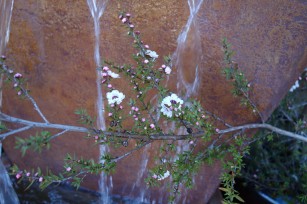 My Aunt Rosemary lives in Concord in the Bay Area where it gets hot in the summer. The border around her patio would be perfect for a tea tree as it blooms for a long time and requires little or no water when established. They are called tea tree because Capt. Cook brewed a tea from the leaves and gave it to his crew to prevent scurvy. Just in case deer jump her fence they won't devour its needlelike leaves leaving her to enjoy the small showy flowers from winter until very late spring. I especially like the double white flowers on the variety Snow White as they really pop when combined with stronger colors.
My Aunt Rosemary lives in Concord in the Bay Area where it gets hot in the summer. The border around her patio would be perfect for a tea tree as it blooms for a long time and requires little or no water when established. They are called tea tree because Capt. Cook brewed a tea from the leaves and gave it to his crew to prevent scurvy. Just in case deer jump her fence they won't devour its needlelike leaves leaving her to enjoy the small showy flowers from winter until very late spring. I especially like the double white flowers on the variety Snow White as they really pop when combined with stronger colors.
My Aunt Alba especially likes fragrant flowers. In her garden she grows roses, gardenias, 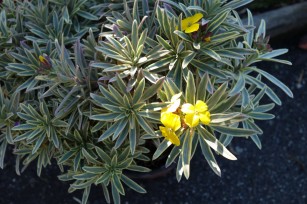 lilacs, sweet peas and pinks to name just a few. Fragrant Star erysimum would make the perfect addition to her perennial border. It blooms from spring until early fall with bright lemon yellow highly scented flowers. Radiant, variegated green and yellow foliage will stand out among her other flowers. As a bonus they are butterfly magnets. I've seen swallowtails visit this plants again and again on a sunny afternoon.
lilacs, sweet peas and pinks to name just a few. Fragrant Star erysimum would make the perfect addition to her perennial border. It blooms from spring until early fall with bright lemon yellow highly scented flowers. Radiant, variegated green and yellow foliage will stand out among her other flowers. As a bonus they are butterfly magnets. I've seen swallowtails visit this plants again and again on a sunny afternoon.
For those on my Christmas list that love California natives a Common Snowberry would make a great addition to their woodland garden or in the dry shade under oak trees. Seldom troubled by pests this small shrub can be used to control erosion and is deer resistant. Beautiful ornamental white fruits cover the plant at this time of year and are valued by varied thrush, robins and quail.
Creeping snowberry is similar and makes an excellent groundcover. Few shrubs work as well 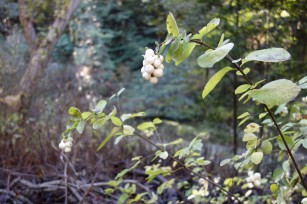 as creeping snowberry when situated under the dense canopy of a coast live oak. When combined with Hummingbird sage, Fuchsia Flowering gooseberry and coffeeberry they create a woodland garden that provides nesting cover for birds as well as protective shelter for other wildlife.
as creeping snowberry when situated under the dense canopy of a coast live oak. When combined with Hummingbird sage, Fuchsia Flowering gooseberry and coffeeberry they create a woodland garden that provides nesting cover for birds as well as protective shelter for other wildlife.
I'm also working on some garden and nature inspired crafts but if I tell you I'd have to…well, you know.

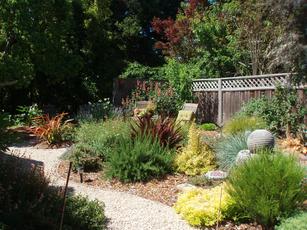

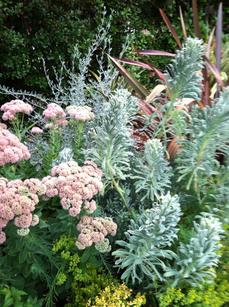
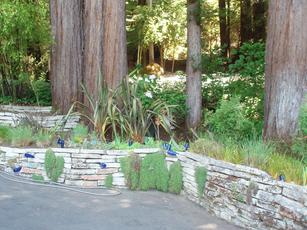
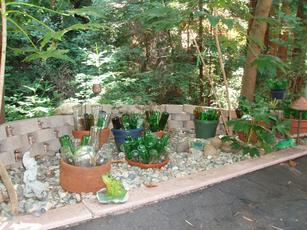

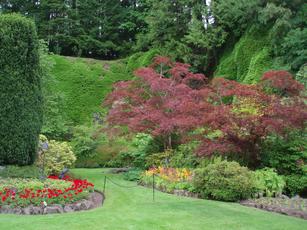
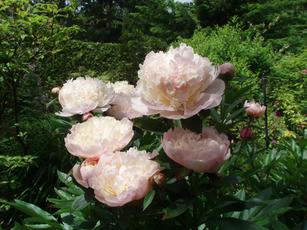
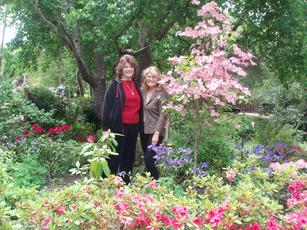
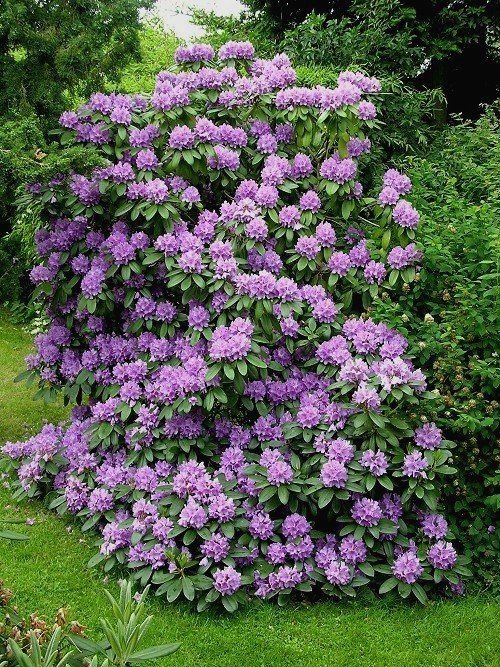 around the plants as this would injure the surface roots. Finally, most rhodies thrive in partial shade or morning sun. The hot afternoon sun that we get during the summer would burn even those varieties that tolerate some sun. Since their leaves remain on the plant for several years you’d have to live with burnt leaf centers and edges for a long time if they got too much sun.
around the plants as this would injure the surface roots. Finally, most rhodies thrive in partial shade or morning sun. The hot afternoon sun that we get during the summer would burn even those varieties that tolerate some sun. Since their leaves remain on the plant for several years you’d have to live with burnt leaf centers and edges for a long time if they got too much sun.